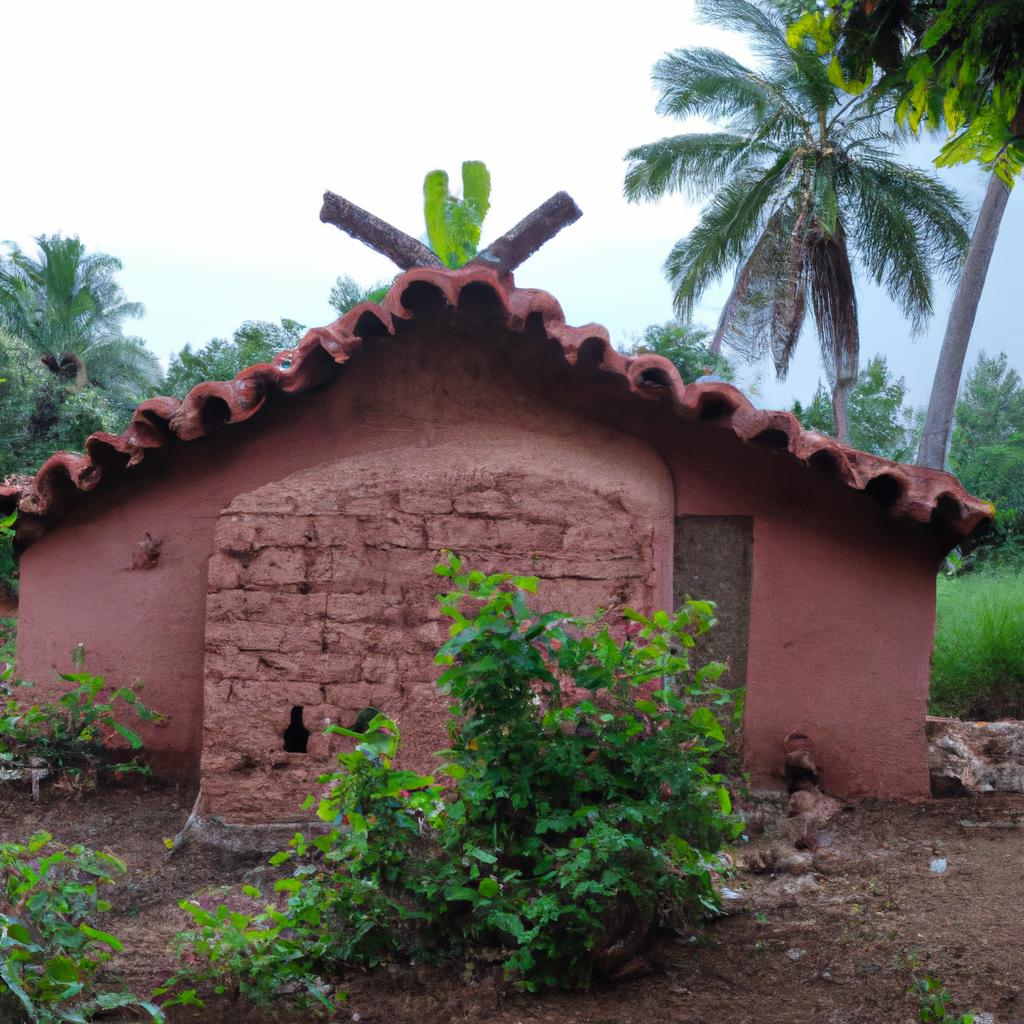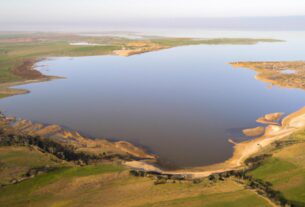Mudhouses have been a staple of human civilization for centuries. They are made of natural materials and have a low environmental impact, making them a sustainable housing solution. In this article, we will explore the benefits of mudhouses, their construction techniques, and the importance of preserving this traditional building technique.
Definition of Mudhouses
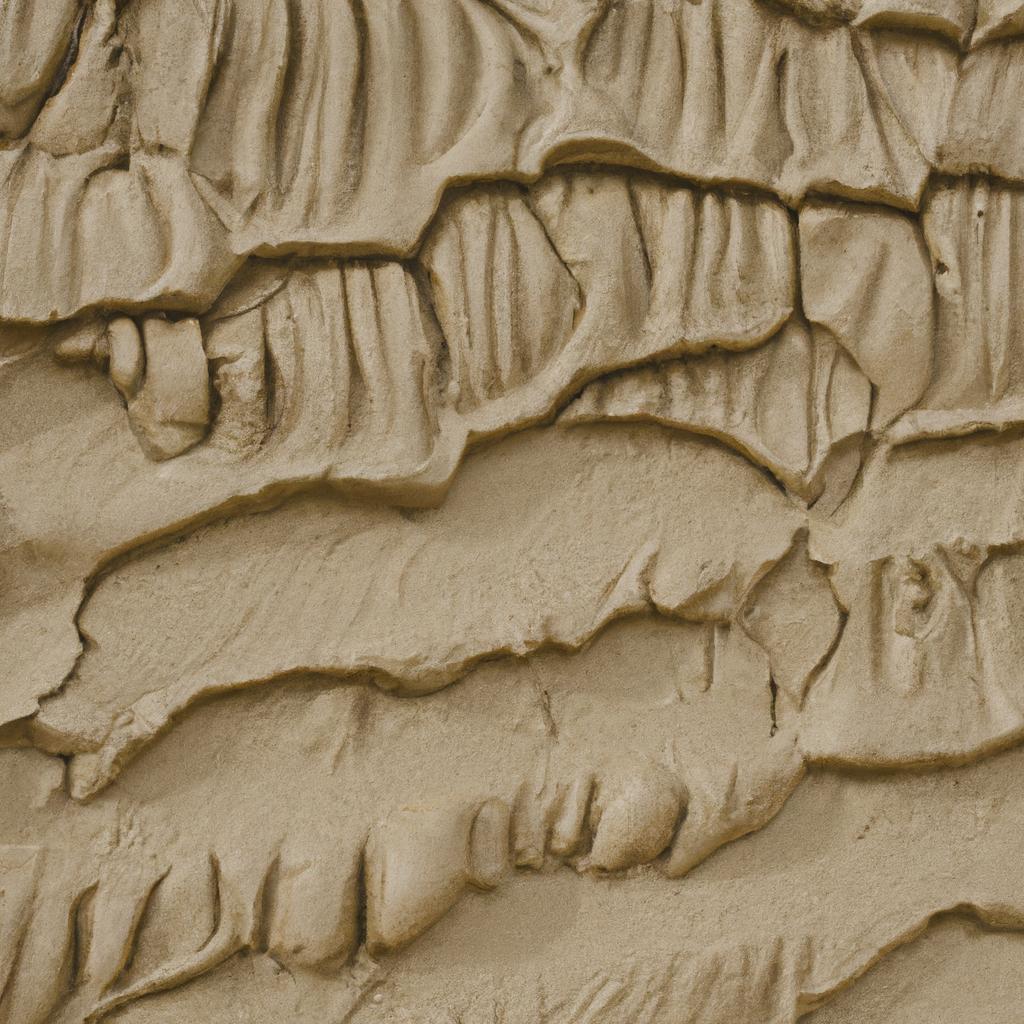
A mudhouse is a type of dwelling made from mud, straw, and other natural materials. They have been used all over the world for centuries, from the adobe homes of the American Southwest to the rammed-earth houses of China. Mudhouses have a unique aesthetic that is both rustic and charming.
Importance of Mudhouses in History and Culture
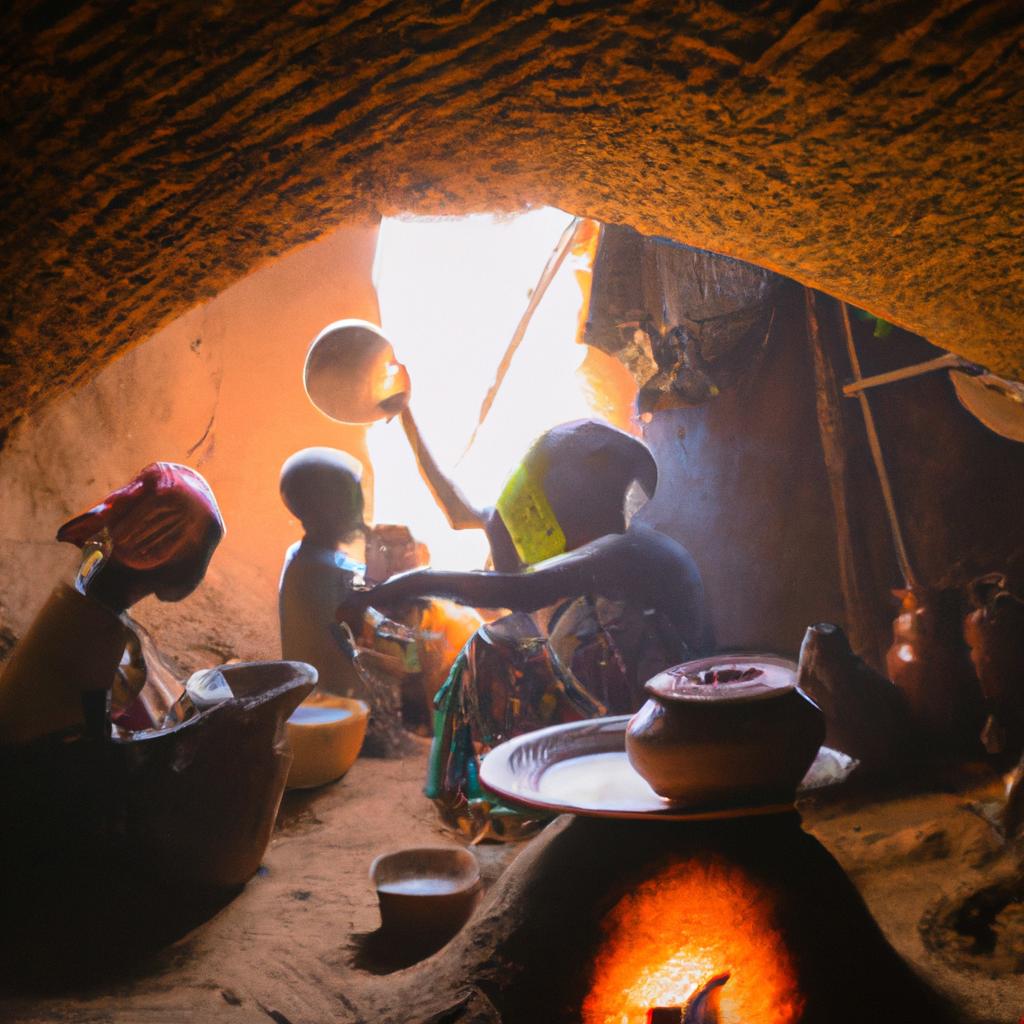
Mudhouses have played an important role in human history and culture. In many parts of the world, they were the primary form of housing for centuries. They are still used today in many rural areas, especially in developing countries. Mudhouses have also influenced architecture and design, with many modern buildings borrowing from their techniques and materials.
Overview of Mudhouse Construction
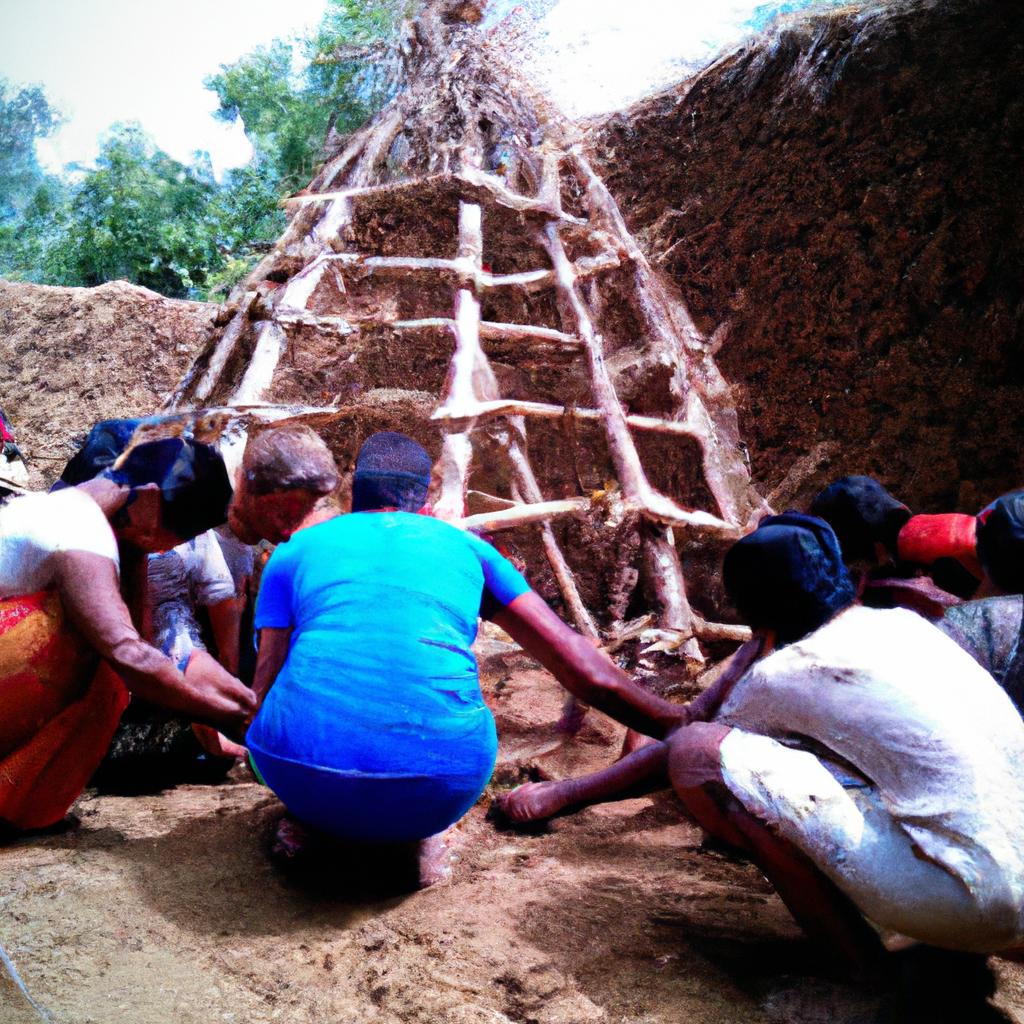
Mudhouse construction involves mixing mud, straw, and other natural materials to form bricks or blocks. These blocks are then used to build walls, which are often reinforced with wooden or bamboo frames. Roofs are made of thatch or other natural materials. Mudhouses are simple to construct and require minimal tools and equipment, making them an accessible housing solution for many people.
Mudhouses offer a range of benefits, from their low environmental impact to their affordability and accessibility. In the following sections, we will explore these benefits in more detail and look at the techniques used to construct mudhouses.
Advantages of Mudhouses
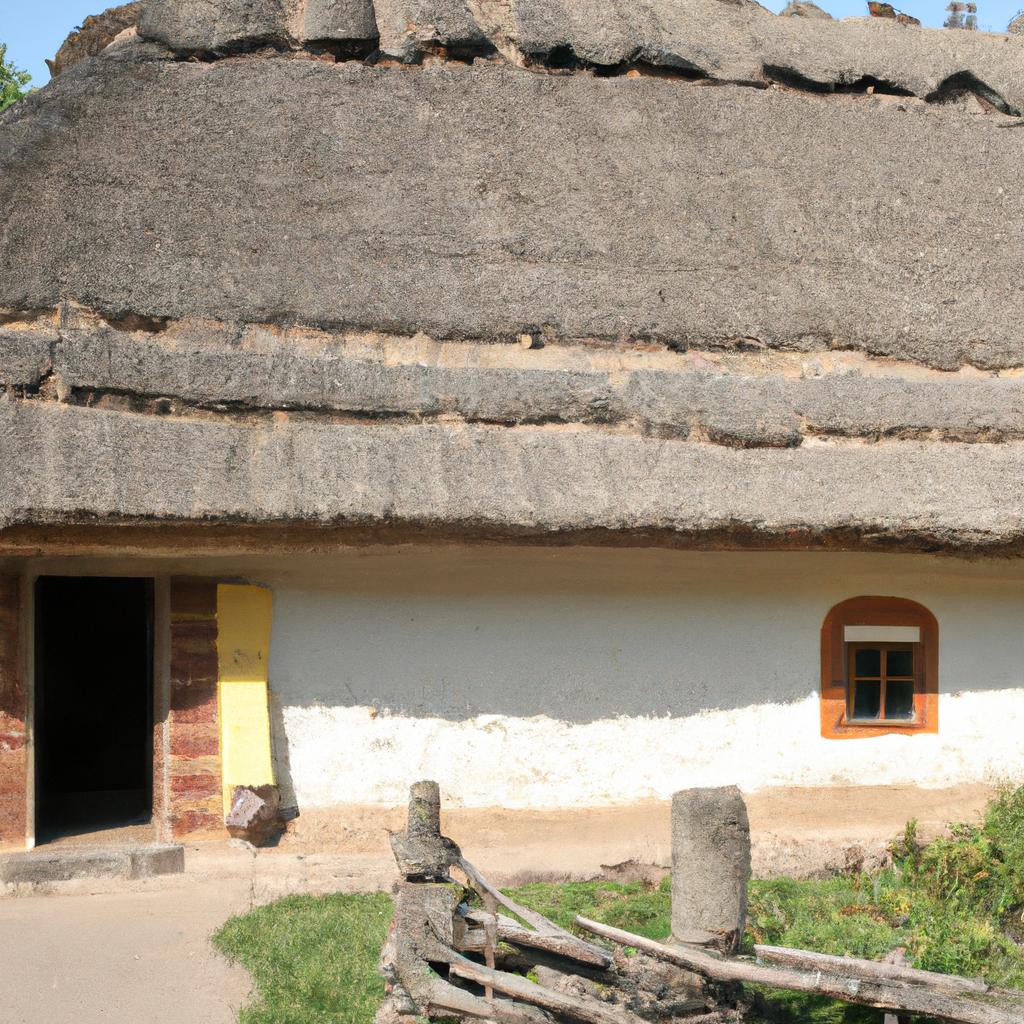
Mudhouses offer numerous advantages over traditional brick and concrete buildings. In this section, we will explore the top three benefits of mudhouses.
Cost-effectiveness
One of the biggest advantages of mudhouses is their cost-effectiveness. Mud is an abundant and inexpensive material that is readily available in many parts of the world. Building a mudhouse requires minimal equipment and tools, which makes it an affordable option for many people. Mudhouses also have low maintenance costs, as they can be easily repaired with locally available materials.
Sustainability and Eco-friendliness
Mudhouses are a sustainable and eco-friendly housing solution. Mud is a natural and renewable material that has a low environmental impact. Building a mudhouse requires minimal energy and produces minimal waste, making it a great option for those who want to reduce their carbon footprint. Additionally, mudhouses have excellent insulation properties, which means they require less energy to heat and cool, further reducing their environmental impact.
Energy Efficiency and Thermal Comfort
Mudhouses are energy-efficient and provide excellent thermal comfort. Mud is a dense material that has excellent insulation properties, which means that mudhouses stay cool in the summer and warm in the winter. This makes them a great option for those who live in areas with extreme temperatures. Mudhouses also have a high thermal mass, which means they can absorb and store heat during the day and release it at night, providing a stable indoor temperature. This makes them a great option for those who want to reduce their energy bills and live more sustainably.
In the next section, we will explore the techniques used to construct mudhouses and how to maintain and repair them over time.
Mudhouse Construction Techniques
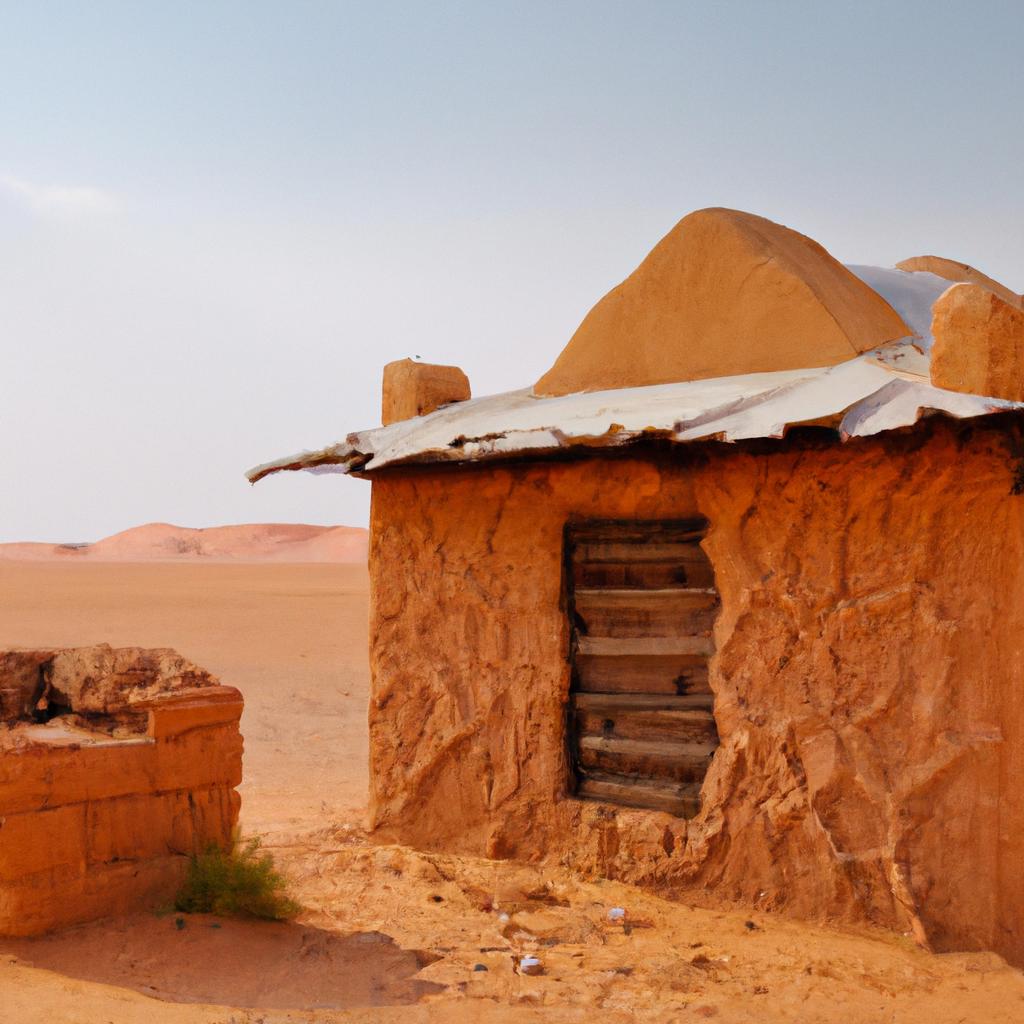
Mudhouse construction involves a unique set of techniques that have been developed over centuries. These techniques are simple and accessible, making them a viable housing solution for many people. In this section, we will explore the techniques used to construct mudhouses, from site selection and preparation to roofing and flooring options.
Site Selection and Preparation
Choosing the right site is crucial when building a mudhouse. The site should be well-drained and free of any standing water. It should also be located away from any potential hazards, such as flooding or landslides. Once the site has been chosen, it must be cleared of any vegetation or debris. The soil should then be compacted to create a stable base for the mudhouse.
Mud Mixing and Preparation
Mud is the primary building material used in mudhouse construction. The mud must be mixed with other natural materials, such as straw or grass, to improve its strength and durability. The mud should be mixed thoroughly to create a consistent texture. The mud mixture should be moist but not too wet, as this can cause it to shrink and crack as it dries.
Wall Construction Techniques
The walls of a mudhouse are constructed using mud bricks or blocks. The bricks are made by pouring the mud mixture into molds and allowing it to dry. The bricks are then stacked and reinforced with wooden or bamboo frames. The walls must be allowed to dry slowly to prevent cracking. Once the walls are dry, they can be plastered with a thin layer of mud to create a smooth finish.
Roofing and Flooring Options
The roof of a mudhouse is typically made of thatch or other natural materials. Thatch is a popular choice as it is lightweight, easy to install, and provides good insulation. However, other roofing options such as corrugated metal or tiles can also be used. The floors of mudhouses are often made of compacted earth or mud. However, other options such as stone or tile can also be used.
Mudhouse construction techniques offer a sustainable and accessible housing solution. The techniques are simple and require minimal equipment and materials, making them accessible to many people. In the following section, we will look at the maintenance and repair of mudhouses.
Maintenance and Repair of Mudhouses
Mudhouses require regular maintenance to keep them in good condition. Here are some of the best practices for maintaining and repairing mudhouses.
Regular Maintenance Practices
Regular maintenance is crucial for the longevity of mudhouses. Here are some of the tasks that should be performed regularly:
- Cleaning the walls and roof to prevent the buildup of debris and moisture.
- Repairing any cracks or damage to the walls or roof.
- Applying a new layer of mud plaster to the walls every few years.
- Applying a protective coating to the roof to prevent water damage.
- Checking for signs of termite or insect damage and treating as necessary.
Common Issues and Solutions
Mudhouses are susceptible to a few common issues that can be addressed with the right solutions. Here are some of the most common problems and their solutions:
- Cracks in the walls: Cracks are a common issue in mudhouses, but they can be repaired by filling them with mud plaster and smoothing them out with a trowel.
- Water damage: Water damage can be prevented by applying a protective coating to the roof and repairing any leaks in the roof or walls.
- Termite damage: Termites can be a problem in mudhouses, but they can be treated with natural remedies such as neem oil or by using termite-resistant wood for the framing.
Techniques for Repairing Damaged Walls and Roofs
If the walls or roof of a mudhouse become damaged, they can be repaired using a few different techniques. Here are some of the most common repair techniques:
- Patching holes or cracks with mud plaster.
- Replacing damaged bricks or blocks.
- Reinforcing the walls or roof with wooden or bamboo frames.
- Applying a new layer of thatch to the roof.
By following these maintenance and repair practices, mudhouses can last for many years and provide a sustainable housing solution for communities around the world.
Contemporary Mudhouse Designs
As interest in sustainable housing grows, architects and designers are exploring new ways to update traditional mudhouses for modern living. Here are some contemporary mudhouse design trends and examples of successful projects from around the world.
Modern Mudhouse Design Trends
Contemporary mudhouses often feature modern touches, such as high ceilings, open floor plans, and large windows to let in natural light. They also often incorporate eco-friendly features like rainwater harvesting and solar power. Mudhouses can be designed to suit a range of styles, from traditional to contemporary, depending on the materials and techniques used.
Integration of Traditional and Contemporary Elements
Many contemporary mudhouses are designed to blend traditional and modern elements. For example, a mudhouse may feature a traditional mud brick exterior with a modern interior that includes amenities like a modern kitchen and bathroom. This blending of old and new creates a unique and functional living space that is both sustainable and stylish.
Examples of Successful Mudhouse Projects Worldwide
Mudhouses are being used in a variety of ways around the world, from single-family homes to community centers and schools. One example is the Auroville Earth Institute in India, which teaches sustainable building techniques and has constructed numerous mud buildings on their campus. Another example is the Eco Village in Senegal, which is a community of modern mudhouses designed to be self-sufficient and eco-friendly.
Contemporary mudhouses are a testament to the versatility and beauty of this traditional building technique. By combining traditional and modern elements, architects and designers are creating sustainable living spaces that are both functional and aesthetically pleasing.
Conclusion
Mudhouses offer a sustainable and affordable housing solution that has stood the test of time. They have played an important role in human history and culture, and continue to be used today in many parts of the world. From their low environmental impact to their thermal comfort, mudhouses have a range of benefits that make them an attractive option for those looking for a sustainable and affordable housing solution.
As we look to the future, it is important to preserve and promote traditional building techniques like mudhouse construction. Not only do they offer a sustainable housing solution, but they also provide an opportunity to connect with our history and culture. At TooLacks, we believe that it is important to highlight the benefits of mudhouses and other sustainable building techniques, and to encourage their use in communities around the world.
In conclusion, mudhouses are an important part of our shared heritage and offer a sustainable and affordable housing solution. By preserving and promoting traditional building techniques, we can create a more sustainable future for ourselves and for generations to come.
Citations and Relevant Hyperlinks:
- The Benefits of Mud Building
- The Advantages of Mud Brick Houses
- Building with Mud: A Sustainable and Affordable Housing Solution
TooLacks is committed to sustainable living through the promotion of eco-friendly and affordable housing solutions. Visit our website here to learn more about our mission and the benefits of mudhouses and other sustainable building techniques.
